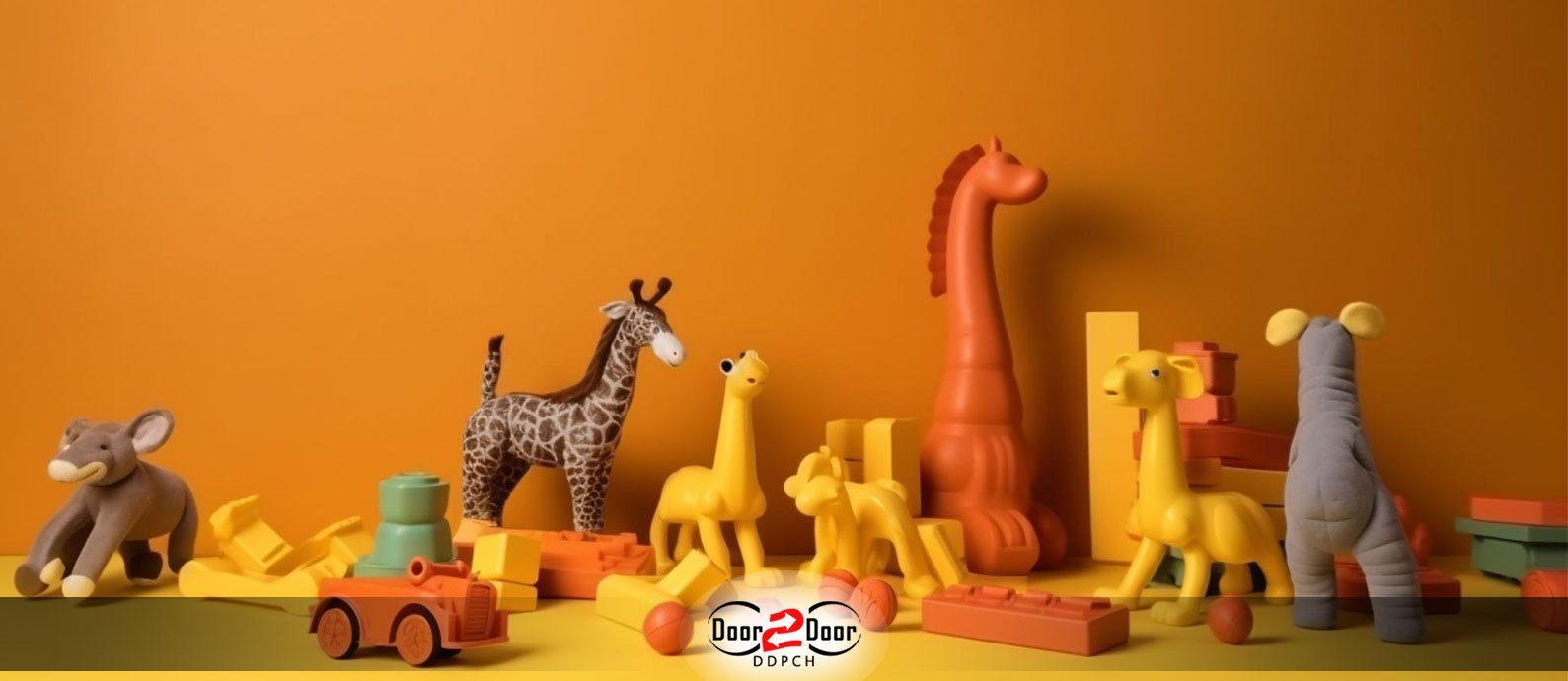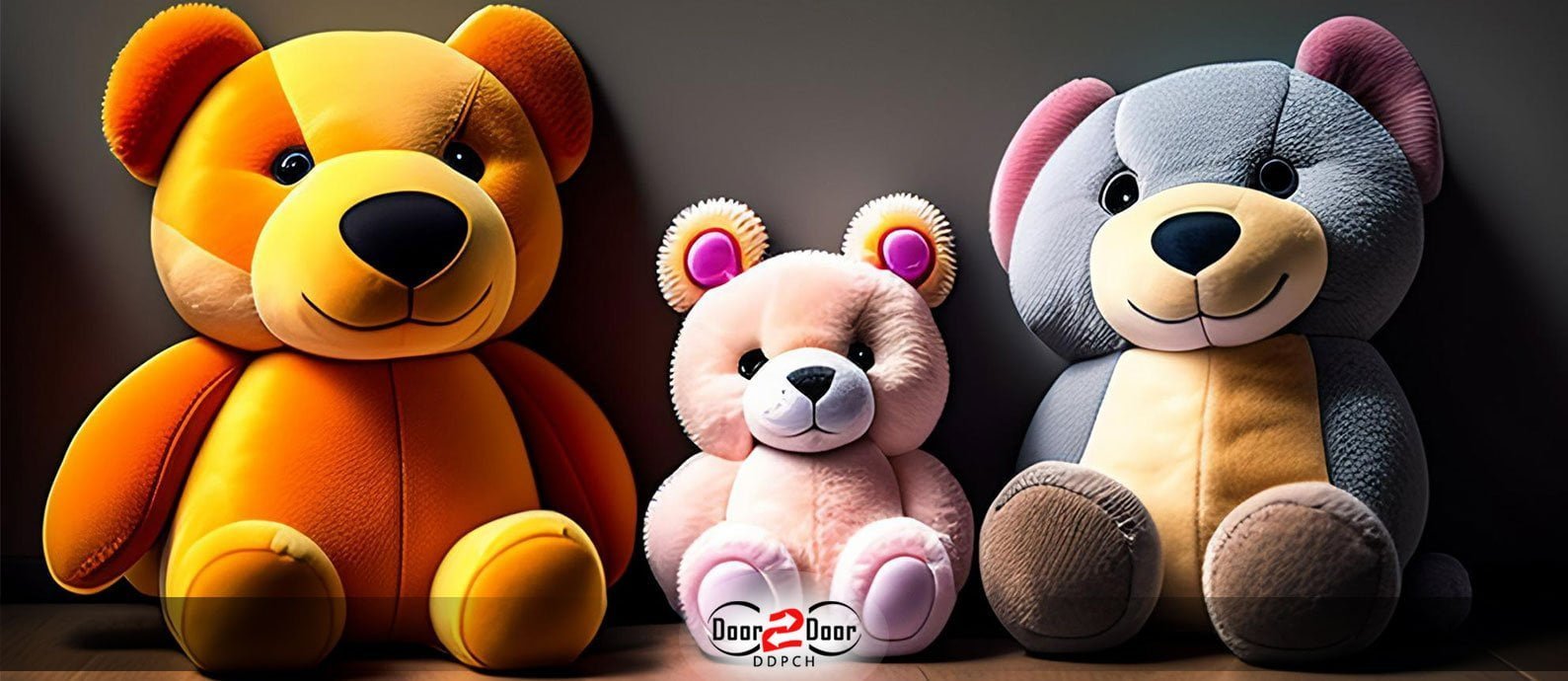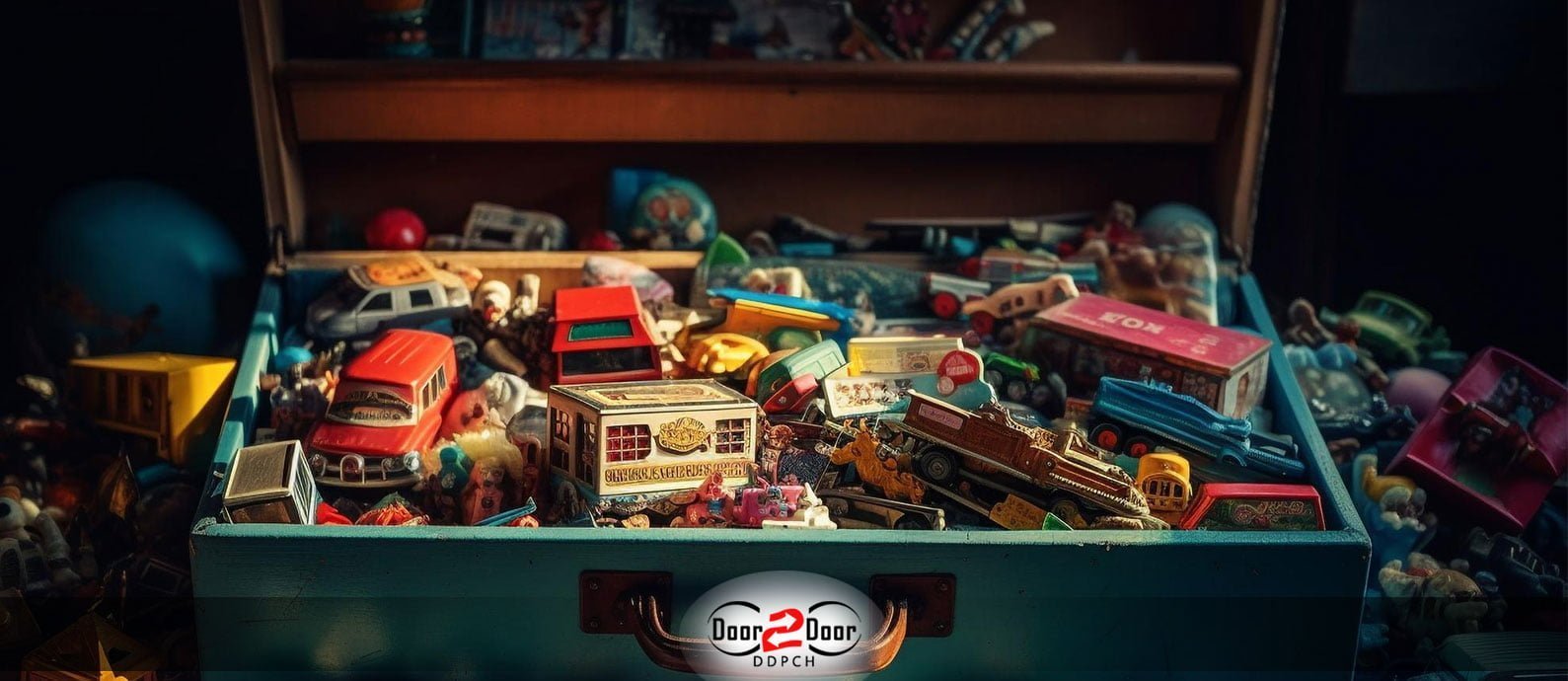Introduction
Toys are loved by kids everywhere, and they’re a big business globally. Many of these toys come from China, making it a key player in the toy industry.
When shipping toys from China, there are several things to consider. First, it’s important to know China’s rules for toy exports. This helps in avoiding legal issues and ensures toys are safe for kids. Then, finding good toy makers in China is crucial. They ensure the toys are of high quality.
Next, there’s the task of getting the toys through customs. This can be complex, but understanding the process makes it smoother. Also, knowing the costs involved in shipping toys from China helps in budgeting. And of course, safety is a top concern. All toys need to meet international safety standards.
Some businesses send toys in large batches, while others send them individually. Both ways have their own benefits. However, sometimes there are delays in shipping. It’s good to have plans to deal with these delays.
Lastly, for those looking for help in shipping toys from China, DDPCH offers services. They handle air freight, sea freight, DDP, and express shipments. With their expertise, they aim to make shipping toys from China easy and efficient.
Understanding China's Toy Export Regulations
If you’re involved in the business of shipping toys from China, it’s essential to understand the country’s export regulations. Here’s a tailored breakdown:
Licensing and Registration:
- Before exporting, companies need to register with China’s Ministry of Commerce or its local counterparts.
- A foreign trade operator record registration is required.
Toy Quality and Standards:
- China has implemented the GB 6675 series of standards, which are the national safety technical code for toys. Exported toys must adhere to these standards.
- Toys should also meet the requirements and standards of the importing country. For instance, toys destined for Europe should adhere to the EN71 standard, while those for the U.S. should comply with the Consumer Product Safety Improvement Act (CPSIA).
Inspection and Quarantine:
- All toys to be exported from China must undergo inspection and quarantine by the General Administration of Customs.
- You’ll need an Inspection Certificate for exported goods.
Documentation:
- For shipping toys from China, the following documents are typically required: Export license, Sales contract, Invoice, Packing list, Bill of Lading (or airway bill for air shipments), and Quality/Inspection certificate.
- Certain markets might require additional certification, like a Certificate of Origin.
Tariffs and Duties:
- While these are more concerns of the importing country, it’s good practice to be aware of any duties or taxes that might be levied on toy imports so you can provide accurate price quotes to clients or calculate your potential margins.
Intellectual Property:
- If you’re shipping branded or character-based toys, ensure that all intellectual property rights are respected. Counterfeit products or those infringing on copyrights can lead to significant legal issues and financial penalties.
Shipping and Logistics:
- It’s crucial to work with reliable shipping agents or freight forwarders familiar with the toy export business. They can guide you through the shipping process, ensuring your products reach their destination on time and in good condition.
- Toys should be adequately packaged to avoid damage during transit.
Stay Updated:
- China’s regulations on exports can change. Whether it’s in response to global trade dynamics or domestic policy shifts, always stay updated on the latest requirements and standards.

Benefits of Bulk Shipping vs. Individual Toy Shipments
When dealing with the shipment of toys, businesses often have to decide between bulk shipping and individual toy shipments. Both methods have their merits, but for the sake of understanding, let’s explore the benefits of each.
Bulk Shipping
Cost Efficiency: One of the most significant advantages of bulk shipping is that it can be much more cost-effective on a per-unit basis. Since the shipping cost is spread over a large number of items, the cost for each item decreases.
Environmental Benefits: Shipping in bulk tends to be more environmentally friendly. Fewer shipments mean fewer trips, resulting in a reduced carbon footprint.
Streamlined Customs Clearance: Clearing a single large shipment through customs can be quicker and simpler than managing multiple small shipments. This can also translate to savings in customs duties and fees in some jurisdictions.
Economies of Scale: When producing and shipping toys in bulk, companies often benefit from economies of scale. This can lead to savings in manufacturing, packaging, and shipping.
Reduced Risk of Damage: When toys are shipped in bulk, they are typically packed together in sturdy containers or crates, reducing the risk of damage compared to individual packaging.
Inventory Management: Receiving goods in bulk can make inventory management more straightforward. A business can predict stock levels more accurately and plan for sales campaigns or promotions.
Individual Toy Shipments
Direct-to-Consumer: Individual shipments allow businesses to offer direct-to-consumer sales. This is especially beneficial in the age of e-commerce where customers expect direct home deliveries.
Flexibility: Individual shipments can cater to specific customer needs, preferences, or unique orders. This can enhance customer satisfaction and loyalty.
Reduced Inventory Holding Costs: By shipping toys individually upon order, businesses can reduce the costs associated with holding large inventories, such as warehousing and insurance.
Quick Market Response: Individual shipments allow for faster adaptation to market changes. If a particular toy becomes popular suddenly, businesses can ship them individually without waiting for bulk consignments.
Reduced Overhead: Without the need to store large quantities, businesses can operate with smaller storage facilities, leading to reduced overhead costs.
Test Market Reception: For businesses introducing a new toy to the market, individual shipments can be an excellent way to test market reception without committing to large volume shipments.
Choosing Reliable Toy Manufacturers and Suppliers
Choosing reliable toy manufacturers and suppliers is essential for ensuring the quality, safety, and profitability of your toy business. Below is a guideline with a table that lays out the key considerations when making this important decision.
Tips for Finalizing a Manufacturer:
- Due Diligence: Always do thorough research. Even after considering the above factors, it’s essential to do a background check for any potential legal or ethical issues.
- Start Small: Begin with a smaller order to gauge the manufacturer’s capabilities and reliability before committing to larger, more expensive orders.
- Negotiate: Don’t hesitate to negotiate terms, especially if you’re considering a long-term business relationship.
- Maintain a Good Relationship: Building and maintaining a good relationship with your manufacturer can lead to better pricing, priority production slots, and overall smoother operations.
Remember, selecting a reliable toy manufacturer or supplier isn’t just about price. It’s about ensuring the quality, safety, and timely delivery of products, which will ultimately reflect on your brand’s reputation.

Navigating Customs: What You Need to Know
When importing or exporting goods, one of the significant hurdles businesses face is dealing with customs. Here are the primary aspects to understand:
Customs Duties and Taxes:
- Description: These are taxes imposed on imported and exported goods. The rate can vary based on the type of goods, their value, and the country’s regulations.
- Example: If you’re importing wooden toys into the USA, you’ll need to pay a specific percentage of the shipment’s total value as customs duty. If the declared value of your toys is $10,000 and the customs duty rate is 5%, you’ll owe $500 in customs duties.
Documentation:
- Description: Customs authorities require specific documents to process imports and exports.
- Example: When exporting electronics from Germany to Canada, you’d typically need an invoice, packing list, bill of lading, certificate of origin, and potentially an export license.
Product Classification:
- Description: Goods are classified using a system (often the Harmonized System) to determine duty rates.
- Example: A laptop might have a different HS code compared to a desktop computer. Each will have its customs duty rate.
Customs Declaration:
- Description: This is a formal statement about the type, quantity, and destination of the exported or imported goods.
- Example: If you’re shipping clothing to Japan, you’ll need to complete a customs declaration form detailing the quantity, material, origin, and purpose of the clothing.
Customs Inspection:
- Description: Customs officials inspect shipments to ensure compliance with regulations and verify declarations.
- Example: If you’re importing fruit into Australia, customs officers might inspect the shipment to ensure it doesn’t contain pests or diseases.
Customs Broker:
- Description: A customs broker is a professional who assists businesses in clearing goods through customs.
- Example: When bringing machinery into Brazil, a local customs broker can help you navigate the complex import regulations and ensure all paperwork is correctly filled out.
Regulations and Prohibited Items:
- Description: Each country has specific regulations on what can and can’t be imported/exported, along with any restrictions.
- Example: The USA has stringent regulations on importing ivory due to concerns about animal rights and poaching.
Valuation:
- Description: Customs authorities will want to know the value of goods to calculate duties and ensure accurate declarations.
- Example: If you declare the value of a shipment of wine to the UK as $1,000 and customs officials assess it as $5,000, you may face penalties or higher duties.
Duty Drawback:
- Description: If you import goods and then export them, some countries allow you to get a refund on the duties paid during import.
- Example: If you import fabric into the USA, manufacture clothing, and then export the clothing, you might be eligible for a duty drawback on the initial fabric import.
Cost of Shipping Toy from China
Shipping toys from China involves multiple cost factors. Here’s a breakdown, complete with a table detailing the factors, their descriptions, and a hypothetical example.
Ensuring Toy Safety and Compliance with International Standards
Ensuring toy safety and adherence to international standards is paramount for any business in the toy industry. Different regions across the globe have established their safety protocols. For instance, the European Union follows the EN71 standard, while the USA adheres to ASTM F963. In the international scene, ISO 8124 is widely recognized, with Canada adopting the CCPSA and Australia/New Zealand utilizing the AS/NZS ISO 8124.
Emphasizing Production and Design Safety
It’s imperative to collaborate with reputable manufacturers. Those who are well-versed in safety standards and understand the significance of using non-toxic materials, especially for toys intended for young children who might ingest or chew on them, are invaluable partners. One effective way to validate a toy’s safety is through third-party testing. Regularly testing products in accredited laboratories can offer insights into their safety levels. Manufacturers should provide certificates of conformity and lab test results as part of the standard process. Auditing is another critical aspect of ensuring safety. By conducting unexpected audits, businesses can ascertain the continuous adherence to safety measures. These audits can preemptively highlight potential issues, allowing for timely rectification. During the toy’s design phase, all potential hazards, such as small parts that may be ingested, sharp edges, or the use of unsafe materials, should be evaluated and addressed.
Continuous Improvement and Consumer Awareness
Training and education play a significant role in maintaining safety standards. Teams need to be regularly briefed on the latest safety standards and compliance processes. In tandem, suppliers and manufacturers should be educated about the expected safety benchmarks. Proper labeling and clear instructions accompanying toys can guide consumers, ensuring that the products are used safely and as intended. Age-appropriate labels are particularly useful in this regard. A proactive approach to safety involves having mechanisms to efficiently handle recalls if safety concerns arise. A feedback system where customers can report their experiences and any potential safety concerns can prove invaluable. It’s vital for businesses to keep abreast of any changes or new guidelines in safety standards. This can be achieved by participating in industry seminars, subscribing to relevant industry publications, or being an active member of industry associations. Thorough documentation ensures that there’s a record of all safety tests, compliance certificates, and audits. Such records are not just essential for future reference but also prove beneficial in legal scenarios. Lastly, continuous risk assessment, where both the design and manufacturing processes are evaluated for potential risks, fortifies the commitment to safety. Strategies can be developed to counteract identified risks, ensuring that children’s safety remains the paramount concern.

Handling Delays and Challenges: Best Practices
Here’s a table summarizing the best practices for handling delays and challenges in shipping, based on the information provided:
conclusion
Shipping toys is a complex yet crucial aspect of the global toy industry, with China standing as a dominant player in both manufacturing and exporting. Throughout our discussion, we delved into the multifaceted dimensions of shipping toys from China, from understanding regulations and choosing manufacturers to navigating customs and cost breakdowns. We also touched upon the importance of ensuring toy safety, the advantages of different shipment scales, and handling potential delays. Furthermore, the significance of reliable partners like DDPCH in facilitating efficient shipments was underscored. In sum, while the process of shipping toys from China presents challenges, with informed strategies and the right partners, these challenges can be adeptly navigated.
Shipping toys is crucial due to the vast global demand and the economic opportunities it presents for businesses.
Shipping tires from China involves challenges such as complying with international customs regulations, selecting the right shipping method, ensuring quality control, handling packaging requirements, and navigating potential language barriers.
Knowing these regulations ensures compliance with both Chinese and international standards, helping businesses avoid potential legal disputes.
Dependable manufacturers ensure consistent toy quality and timely deliveries, establishing trust in the supply chain.
Understanding customs processes and requirements can expedite toy shipments, reducing potential hold-ups.
Costs can include manufacturing, transportation, customs duties, and other logistical expenses.
Safety and compliance protect businesses from legal repercussions and ensure toys are safe for consumers.
While bulk shipping may offer cost savings, individual shipments can provide more flexibility and quicker delivery times.
mploying best practices, diversifying supply chains, and proactive communication can mitigate the impact of delays.






